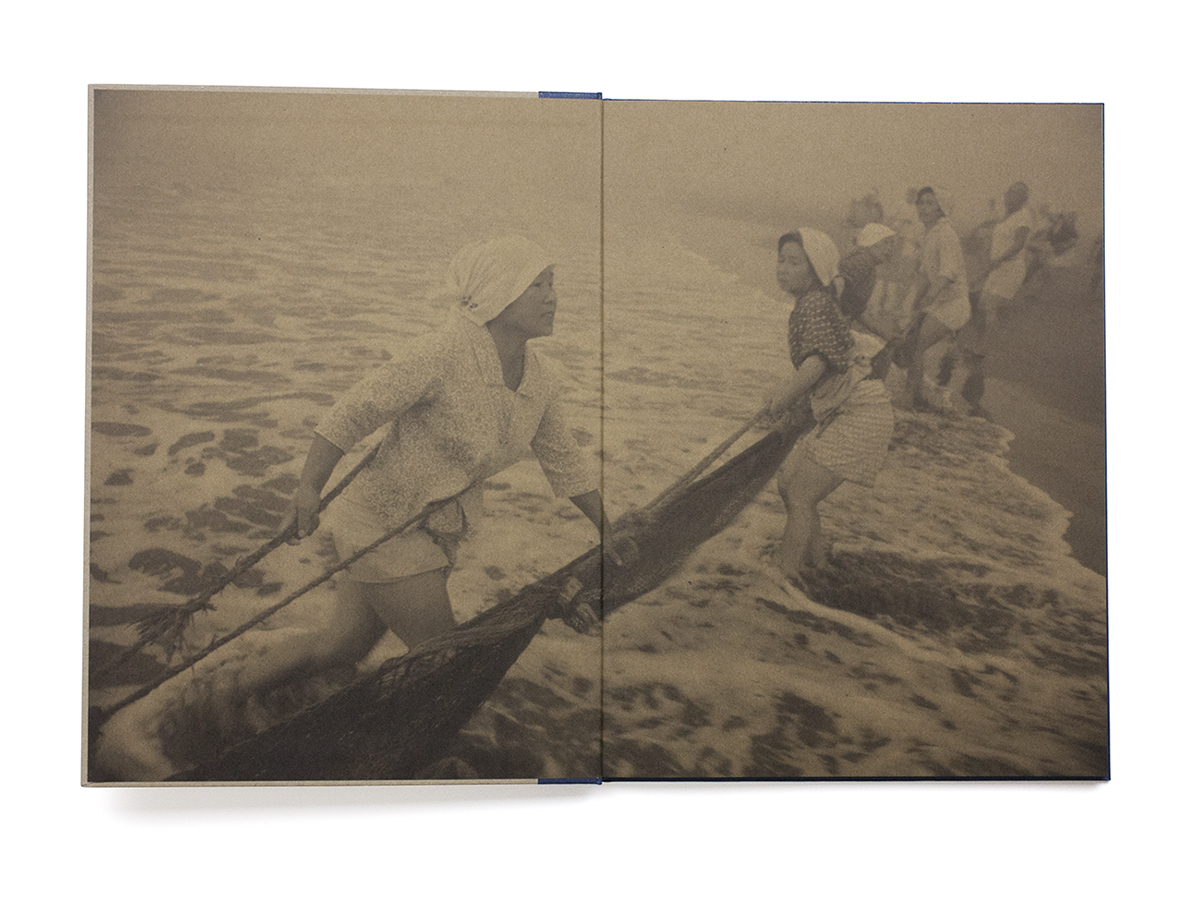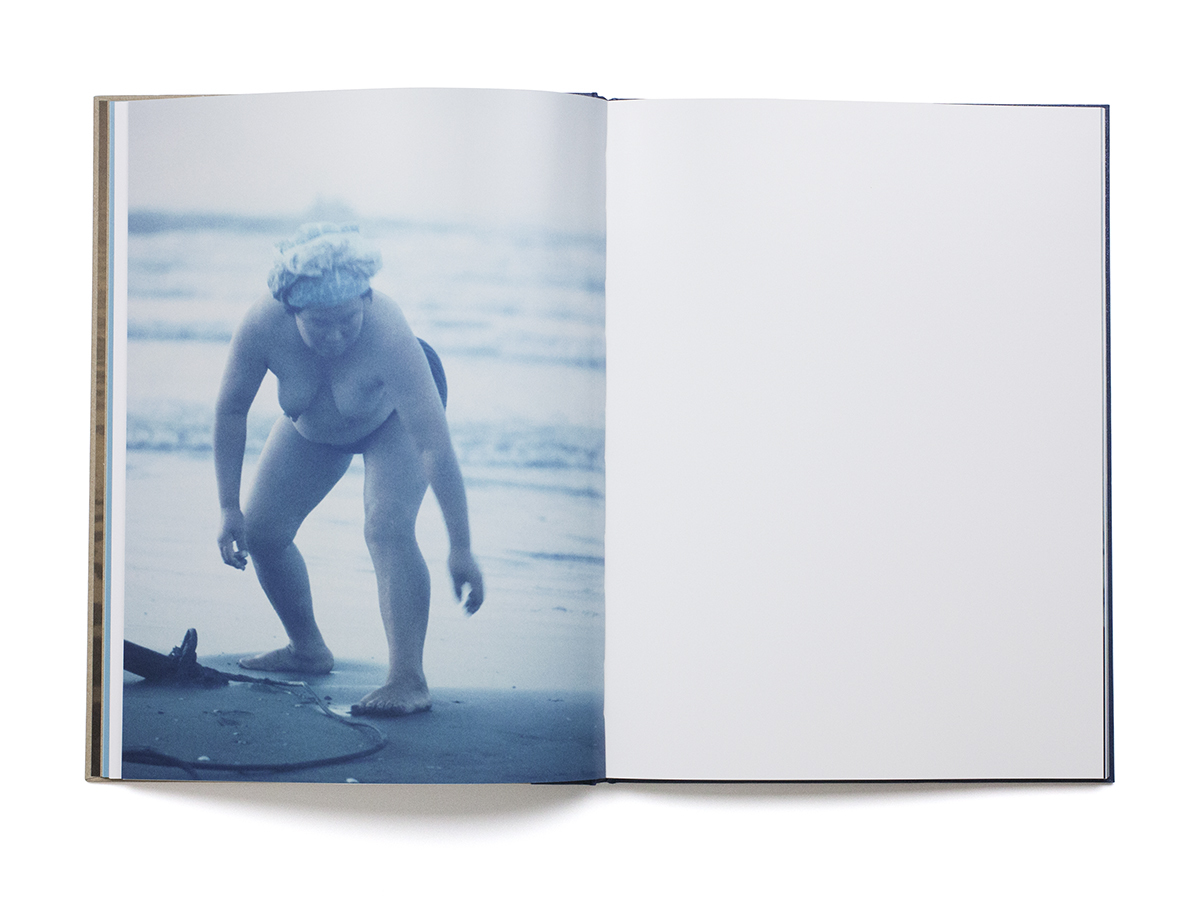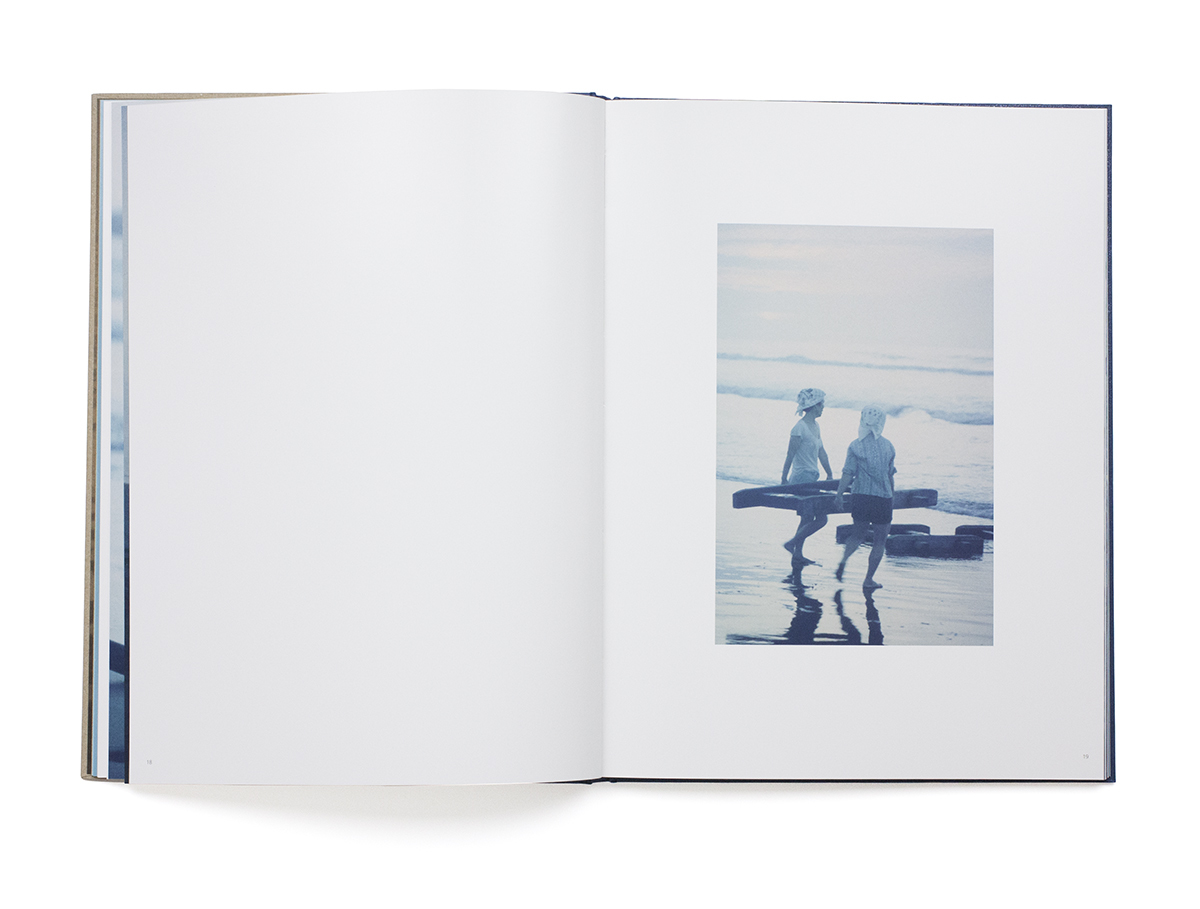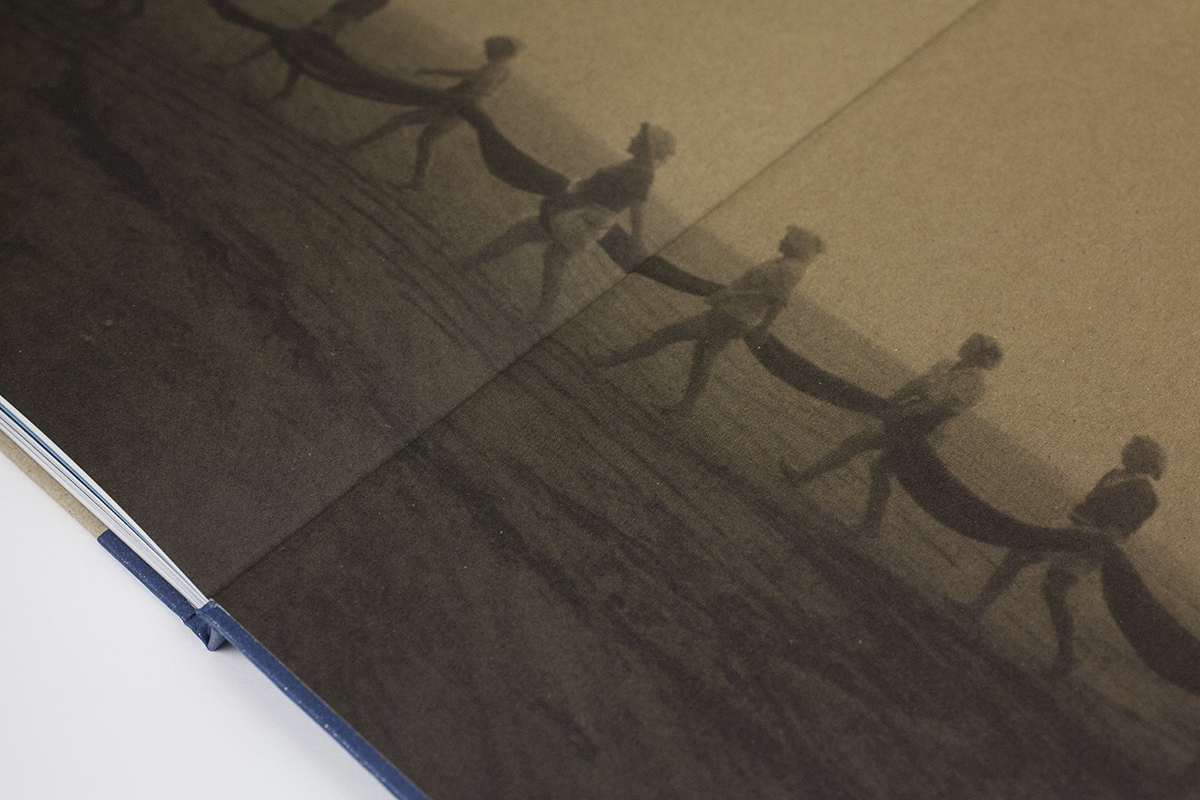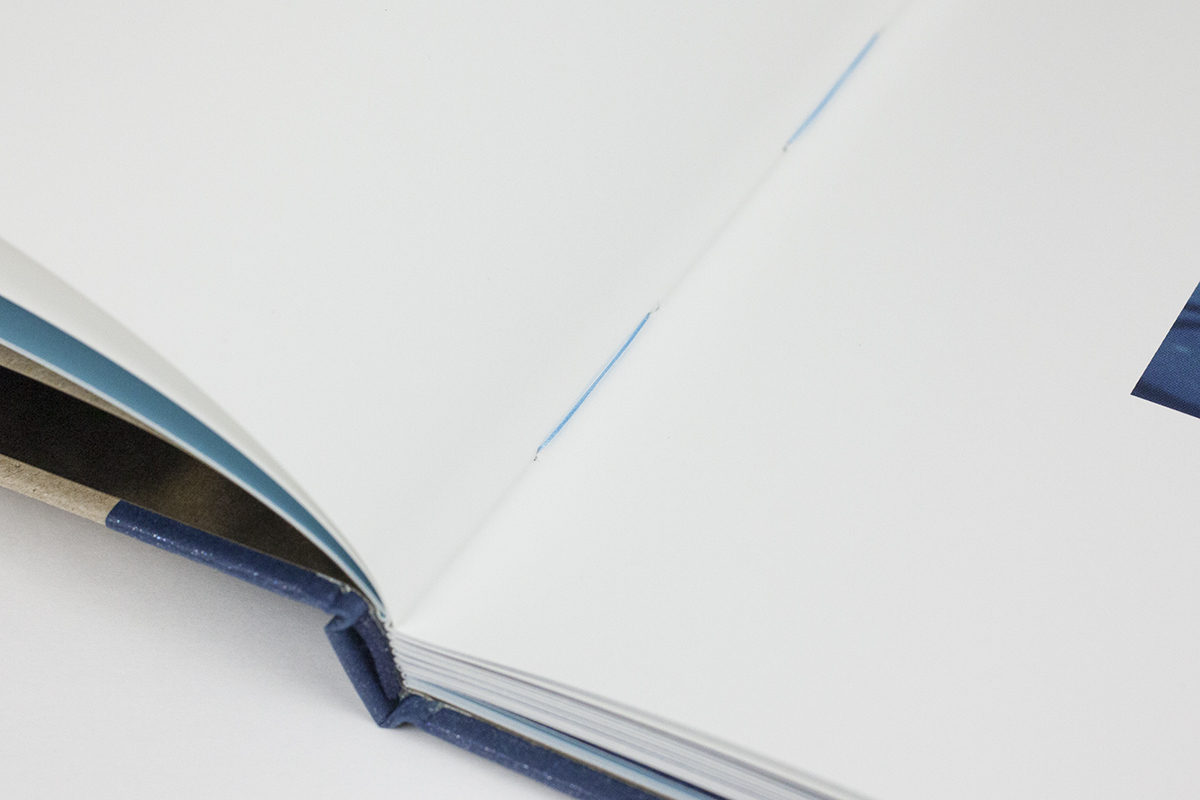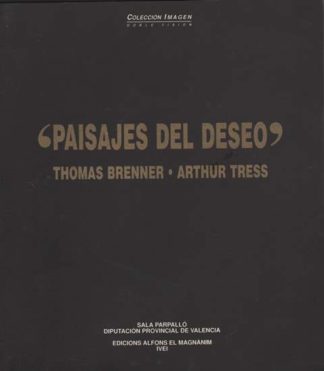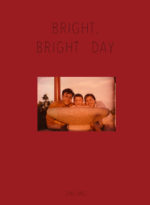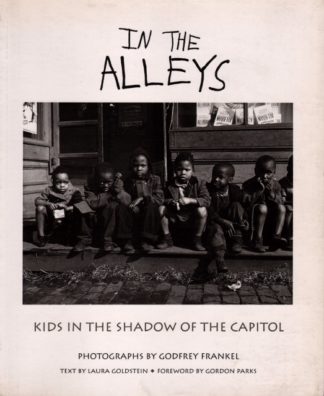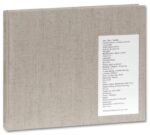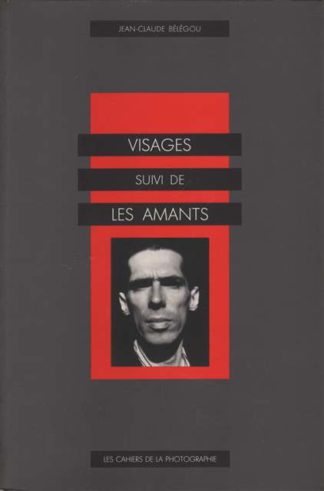À l’été 1956, travaillant comme photojournaliste, Takashi Hamaguchi, 24 ans, a visité les plages de Kujuukuri-hama dans la préfecture de Chiba (à environ 100 km à l’est de Tokyo). Son appareil photo chargé d’un tout nouveau film positif Fuji, Hamaguchi a rejoint un groupe de pêcheurs locaux et a documenté leur travail quotidien ardu.
À l’époque, Hamaguchi était sous forte influence de son mentor Tadahiko Hayashi. Hayashi venait juste de prendre des photos à Kujuukuri-hama l’année précédente, et Hamaguchi s’est donc senti inspiré de visiter les côtes lui-même.
Il n’y avait pas de port de pêche à Kujuukuri-hama dans les années 1950, en raison de la faible profondeur de la mer. Beaucoup d’entre eux nus, les pêcheurs et les femmes se fatiguent alors qu’ils laissent les bateaux de pêche en mer, travaillent ensemble pour ramener les prises à terre et divisent les milliers de poissons juste là, sur la plage de sable. La riche présence de poissons étant particulièrement forte à Kujuukuri-hama, les pêcheurs l’ont baptisée « Jewel Coast ».
In Summer 1956, working as a photojournalist, a 24-year old Takashi Hamaguchi visited the beaches of Kujuukuri-hama in Chiba prefecture (about 100km East of Tokyo). His camera loaded with brand-new Fuji positive film, Hamaguchi joined a group of local fishers and documented their arduous daily work.
At the time, Hamaguchi was under strong influence by his mentor Tadahiko Hayashi. Hayashi had just taken photographs at Kujuukuri-hama the year before, and so Hamaguchi felt inspired to visit the shores himself.
There were no fishing harbours in Kujuukuri-hama in the 1950s, owing to the wide shallowness of the sea there. Many of them in the nude, the fishermen and women strain as they let fishing vessels into sea, work together to pull the catch ashore, and divide the thousands of fish right there, on the sandy beach. The rich presence of fish being particularly strong in Kujuukuri-hama, the fishermen named it the « Jewel Coast ».


